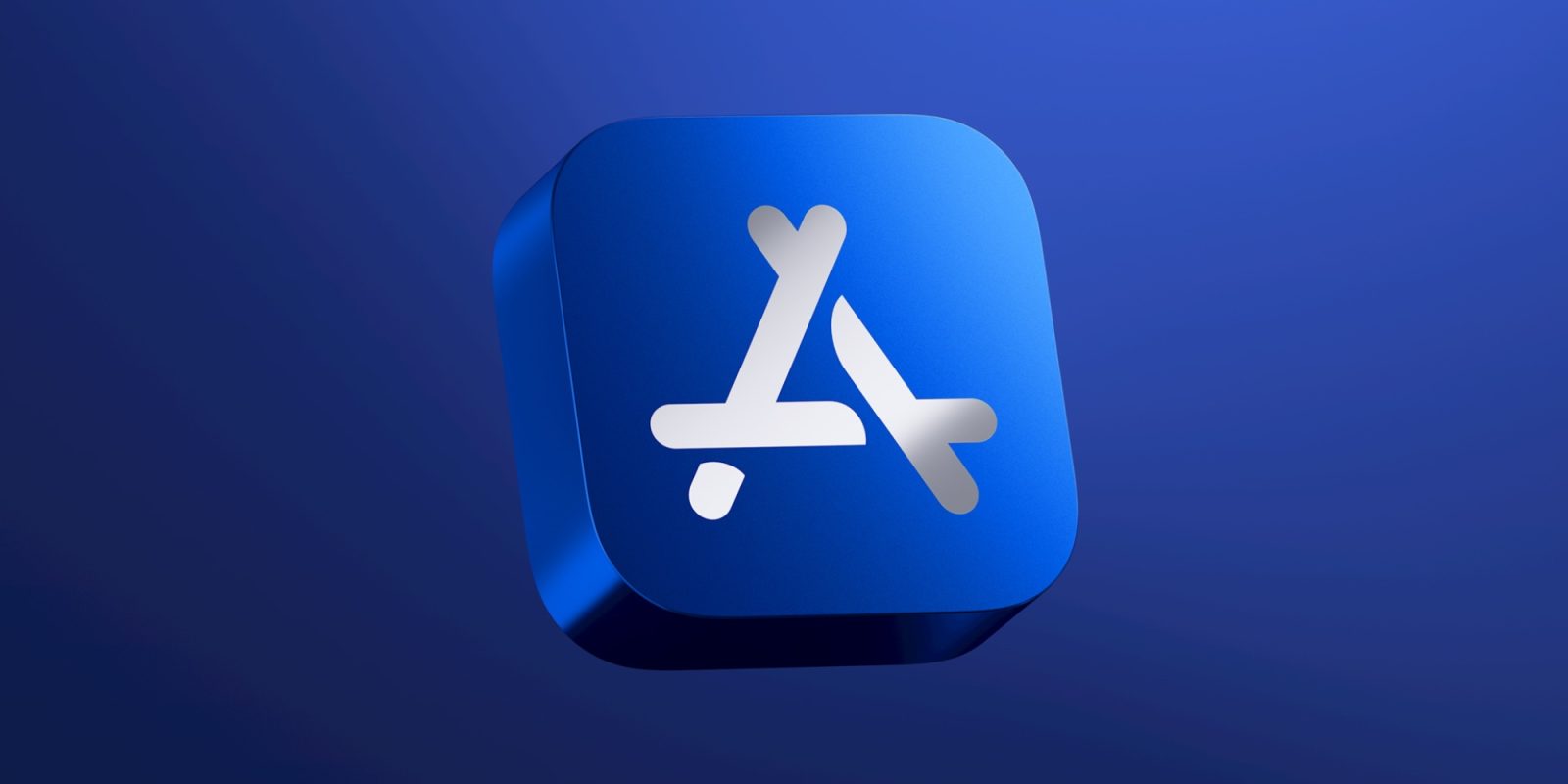
Apple’s 30% cut on in-app purchases continues to spark controversy, with developers iA drawing attention to more anomalies in the company’s implementation of its commission.
The iPhone maker claims that it treats all apps equally, but the reality is that Apple has developed a complex set of rules which allow it to make exceptions to suit its own needs …
Background
The exceptions began when Apple realized there were certain apps it needed on its platform, like Netflix, but the companies either couldn’t or wouldn’t agree to the Cupertino company taking a cut of their revenue. Apple thus created an exemption for something it dubbed ‘reader’ apps. These apps are allowed to sell subscriptions and content to customers outside of the app without having to offer a corresponding in-app purchase – something most developers can’t do.
We also learned in July that Amazon Prime Video pays half the usual App Store commission, in a special deal agreed between Jeff Bezos and Eddy Cue. Amazon is also allowed to sell ebooks on its own website which can be read in the Kindle app on iPhones and iPads, again under the ‘reader’ app exception.
The coronavirus crisis highlighted another interesting difference, in the way that Apple treats physical and digital products. Companies that offered say fitness classes in their own studios didn’t have to use in-app purchases, and didn’t have to pay Apple a commission. But when they were forced to switch to online classes, Apple considered those digital products and thus subject to its 30% commission.
More anomalies in Apple’s 30% cut
Developers iA – who count such companies as Nikkei, Vogue and Red Bull among their clients – have written a lengthy blog post drawing attention to further inconsistencies in Apple’s approach.
Some fall under the rather arbitrary ‘physical versus digital goods’ category. Uber, for example, doesn’t pay Apple a cut when people use the app to book rides. That might seem straightforward, yet Uber is insistent that it isn’t a taxi company, it is instead an IT company offering a service in connecting riders and drivers. Wouldn’t that mean its service is a digital product?
But a far bigger anomaly, says iA, is online advertising. This is the very definition of a digital product, and many companies – like Facebook – let people place and pay for ads through their apps. Yet Apple doesn’t take a cut.
Ads are digital goods. What else are ads? Spiritual goods? They are the digital good. They are what is driving the digital economy in the first place! And, yes, Facebook, Instagram, Twitter, and so on do have direct transactions built into the apps. And, no, they do not pay any fees to Apple for these in-app transactions […]
Apple keeps repeating that the rules are the same for all, but they are not. The top ten apps do sell digital goods and only two of the top ten apps pay Apple.
The only reason for this exception, says iA, is the same reason Netflix and Amazon get special terms: Apple needs them. It especially needs popular ad-funded apps.
Apple needs Instagram, Amazon, Uber, and Google Maps. A more convincing reason why the top apps do not pay taxes is that Apple needs them as much as they need Apple. The iPhone without Instagram is like Instagram without iPhone. In spite of Apple’s Championship for privacy and Facebook’s championship for destroying privacy, the relationship between Instagram and Apple is a perfect symbiosis. An iPhone without YouTube? Possible, but for some exactly not as much fun. An iPhone without Facebook and Messenger? […] Apple still needs Facebook just as Facebook needs Apple.
Apple would likely justify the exception under guideline 3.1.5(a).
3.1.5(a) Goods and Services Outside of the App: If your app enables people to purchase goods or services that will be consumed outside of the app, you must use purchase methods other than in-app purchase to collect those payments, such as Apple Pay or traditional credit card entry.
But iA’s point is that Apple makes these exceptions for its own benefit. The post also tackles the oft-heard argument that developers who don’t want to pay Apple’s commission can develop for other platforms.
In spite of its tiny market share of 13%, the iPhone has economic leverage that creates a dependency for every IT company that sells physical or digital goods over the Internet. Physical, digital, advertisement—Apple holds the key to the biggest spenders.
We spend 50% more time on the phone than on desktop. Mobile Users spend 85% of their time in Apps, versus 15% on the Web. Apple users outspend Android users by a factor of three […]
Apple has, without any doubt, a monopoly. It’s not defined in market share but in revenue share.
iA argues that Apple can’t have it both ways: on the one hand claiming that all apps and developers are treated equally, and on the other coming up with a complex set of rules which allow it to grant exceptions when it’s in the iPhone maker’s interest to do so.
It’s a well-argued piece, and the growing number of examples of exceptions to Apple’s 30% cut will provide more fodder for the various antitrust investigations into the App Store.
FTC: We use income earning auto affiliate links. More.



Comments